The Treasurer of Australia has released the Intergenerational Report 2023, which outlines how Australia is strongly positioned to benefit from the global transition to renewable energy.
The report analyses global effects on the Australian economy and predicts future expenditure all the way up to 2063.
The report states that renewable energy is already the cheapest form of new energy in Australia, with onshore wind and solar photovoltaic technologies having a lower cost of electricity, after accounting for integration costs, compared to gas, coal or nuclear electricity generation.
With abundant wind, sun and open spaces, Australia can generate renewable energy more cheaply than many countries and on a greater scale. Technological developments are further reducing the cost of renewable energy.
Sufficiently low energy costs can provide a foundation for developing other industries – old and new – particularly those where energy makes up a large proportion of input costs.
The report also said that renewable energy can improve energy security by reducing Australia’s reliance on global fossil fuel markets, providing an additional buffer from global commodity price shocks and creating more resilient supply chains.
This is expected to involve large-scale transformation, but with cheaper, lower-carbon energy and greater certainty, traditional industries and newer ones can grow and compete in a decarbonising world.
The report warns that electricity generation is currently Australia’s largest source of greenhouse gas emissions, producing one third of the nation’s emissions.
The electricity sector is crucial to Australia’s climate commitments and is expected to drive emissions reductions. The sector will also be a critical enabler of decarbonisation in other sectors of the economy through electrification.
The nation’s electricity generation mix is changing. The report expects that this will accelerate over coming decades as the share of renewable generation increases, providing a significant but variable supply of electricity.
The report said that the scale of the electricity sector transformation is significant.
For example, the Australian Energy Market Operator’s (AEMO) ‘Step Change’ scenario suggests an additional 154GW of generation capacity will be required. AEMO also estimates a nine-fold increase in large-scale wind and solar capacity, a tripling of firming capacity and a near five-fold increase in small-scale solar will be needed. This new infrastructure will be needed to support electrification and decarbonise the broader economy, including for transport, industry, offices and homes.
The report states that the energy transition, together with industrial decarbonisation, will require significant additional investment.
The Australian Industry Energy Transformations Initiative estimates that an additional $225 billion of investment may be required by 2050, above business-as-usual levels, to transition the energy system and decarbonise heavy industries (iron and steel, aluminium, other metals, chemicals, and liquefied natural gas (LNG).
Transitioning Australia’s electricity grid to 82 per cent renewables by 2030 will require significant investments in enablers such as firming capacity, supply chains and clean energy workforce.
For example, battery storage, peaking gas generation and other forms of firming technologies will need to be scaled alongside weather-dependent sources of renewable energy to ensure sufficient dispatchable capacity is in place.
The report also restates a well-known industry concern – that the materials and workers required to deliver large scale energy infrastructure are also in short supply.
The Institute for Sustainable Futures has estimated that an additional 12,000 workers will be required by 2025 to support the transition for the National Electricity Market, from the current level of about 45,000.
To implement this transition, the report recommends the rapid evolution of regulatory frameworks and grid technology.
For example, rooftop solar and other small-scale technologies that have the capability to consume and supply electricity bring increased flexibility to the energy system but also operate differently from the traditional operation of the grid.
The report explains that the current electricity grid was not designed to facilitate two-way power flows.
This raises the importance of designing regulatory and market settings that support efficiency and secure integration of these technologies. It is also essential that engagement with communities and landholders is undertaken proactively, to ensure the best community outcomes are achieved.
Australia has potential to export energy in the form of green hydrogen or ammonia produced with renewable energy.
Large-scale Australian hydrogen production for both domestic and export use could require nearly an eight-fold increase in the capacity of the grid, under AEMO’s ‘Hydrogen Superpower’ scenario.
The report expects investment in a range of utilities, including energy to increase over the medium term.
The net zero transformation is expected to result in a shift from internal combustion engine vehicles to electric vehicles over the coming decades.
The report predicts that the transition to electric vehicles will have many benefits – lower emissions, improved air quality, and lower running costs for drivers.
A range of critical factors will affect how quickly Australia transitions to electric vehicles. These include the supply of vehicles and inputs to the manufacture of batteries, how fast the affordability of electric vehicles improves, the availability of charging stations and government policies to encourage electric vehicle take-up.




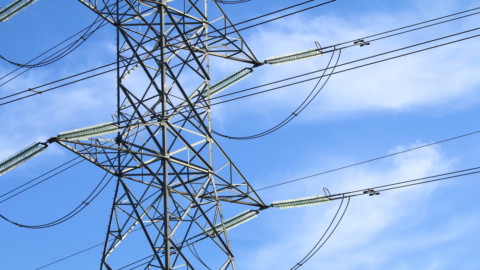

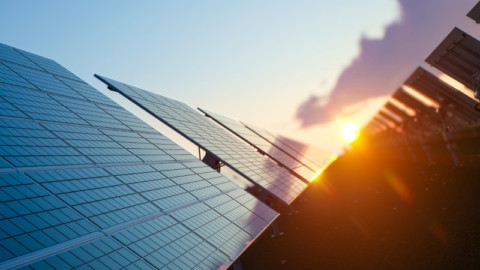
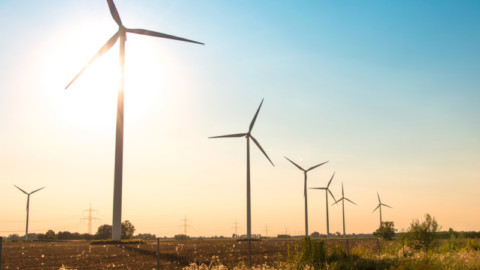
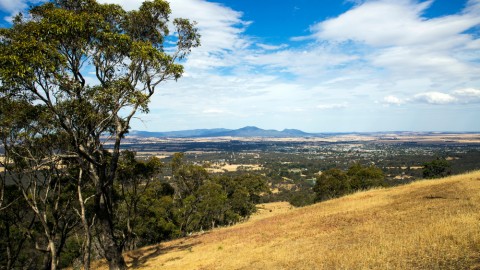
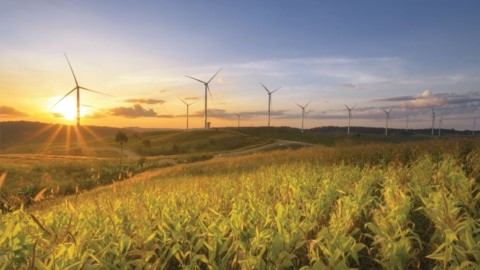
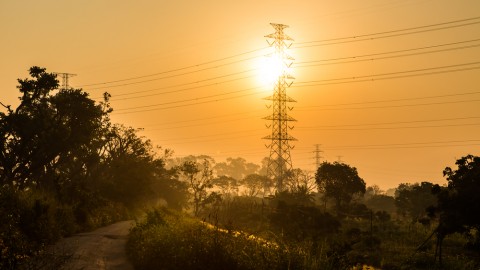






What a load of biased ill-informed CRAP – firstly, who in their right mind would believe ANYTHING that comes out of the mouth of Labor and it’s treasurer who is part of Labor’s ‘renewables cult of misinformation and exaggerated benefits’ ?
FACT is more than ever electricity prices have gone through-the-roof thanks to the expense of building needed renewables infrastructures tapping into other state’s systems to resemble some sort of ‘reliability’, those overall infrastructures will also need ongoing maintenance/replacement of installed ageing solar panels/wind turbines that will NOT reduce power bills, but sustain them at a higher than normal level – insult to injury there is NO way renewables alone can sustain a reliable and capable replacement energy alternative, especially base load power – LOOK at overseas countries who have gone back to fossil fueled power sources/’borrowing’ power from adjacent nuclear sourced countries to help them get over the crippling incompetence of their renewables, NO country of any average size/population/productivity has EVER successfully and reliably 100% transitioned to renewables.